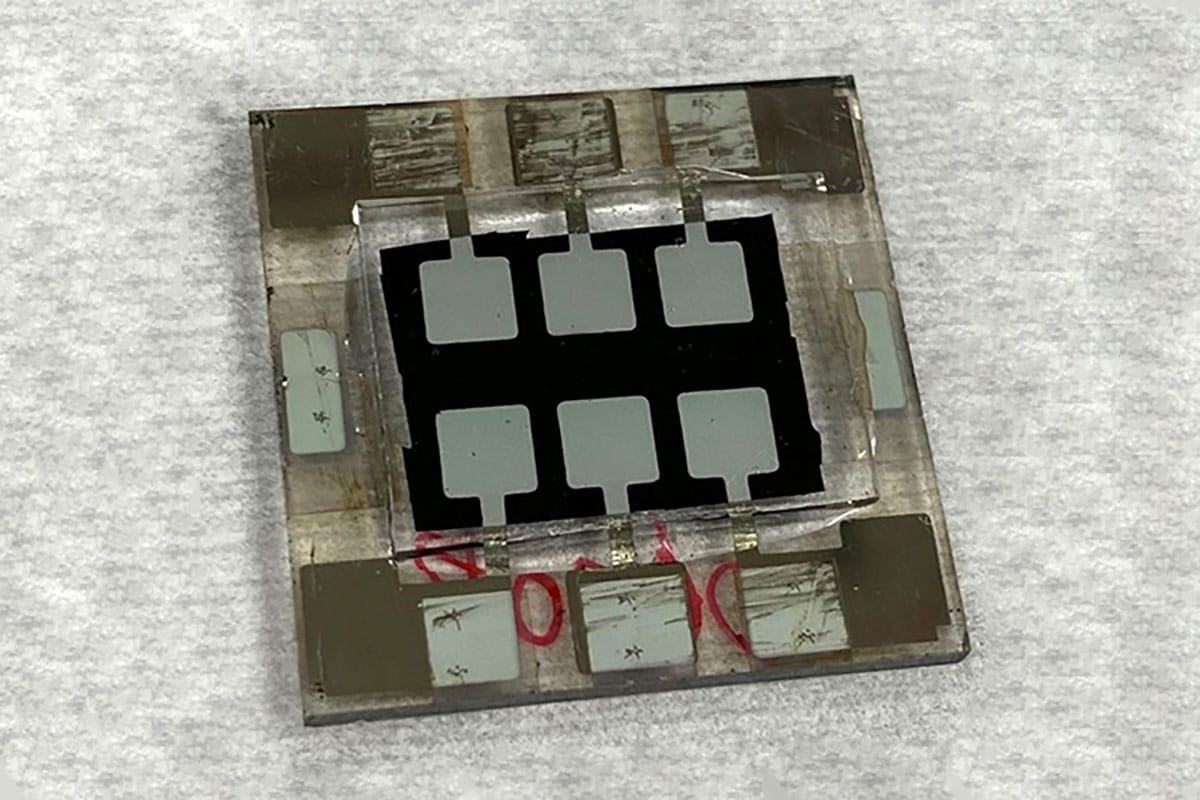
Perovskites have emerged as a highly efficient material for solar cells, but research continues to make the technology longer lasting. All-perovskite tandem solar cells are promising for achieving photovoltaics with power conversion efficiencies above the detailed balance limit of single-junction cells while retaining the low cost, lightweight, and other advantages associated with metal halide perovskite photovoltaics. However, the efficiency and stability of all-perovskite tandem cells are limited by the tin-lead-based narrow-band gap perovskite cells.
Now, researchers at the U.S. Department of Energy’s National Renewable Energy Laboratory (NREL) have demonstrated a tin-lead perovskite cell that overcomes problems with stability and improves efficiency.
To improve cell stability, NREL researchers used a hole-transporting material made of phenethylammonium iodide and guanidinium thiocyanate. Researchers noted that the formation of quasi-two-dimensional (quasi-2D) structures from additives based on mixed bulky organic cations phenethylammonium and guanidinium provides critical defect control to substantially improve the structural and optoelectronic properties of lead-perovskite thin films with a narrow-bandgap of 1.25 eV.
The new tandem solar cell design with two layers of perovskites measured a 25.5% efficiency. It retained 80% of its maximum efficiency after 1,500 hours of continuous operation or more than 62 days.
“This represents an accelerated aging test in the lab,” said Kai Zhu, a senior scientist at NREL and co-author of a new paper detailing the research. “At this tandem efficiency level, the best-reported stability in literature is normally several hundred hours.”
In addition, the improved tin-lead perovskite saw its carrier lifetime increase to about 9 microseconds. The combined additives also reduced the defect density associated with tin oxidation to a level unprecedented for tin-lead perovskites and similar to the values for lead-only perovskites. The new cell also demonstrated an improvement in the voltage generated at 2.1142 volts. In comparison, the best-certified tandem device registered 2.048 volts.
New perovskite tandem solar cell with improved efficiency and stability
Source: Global Access News

No comments:
Post a Comment